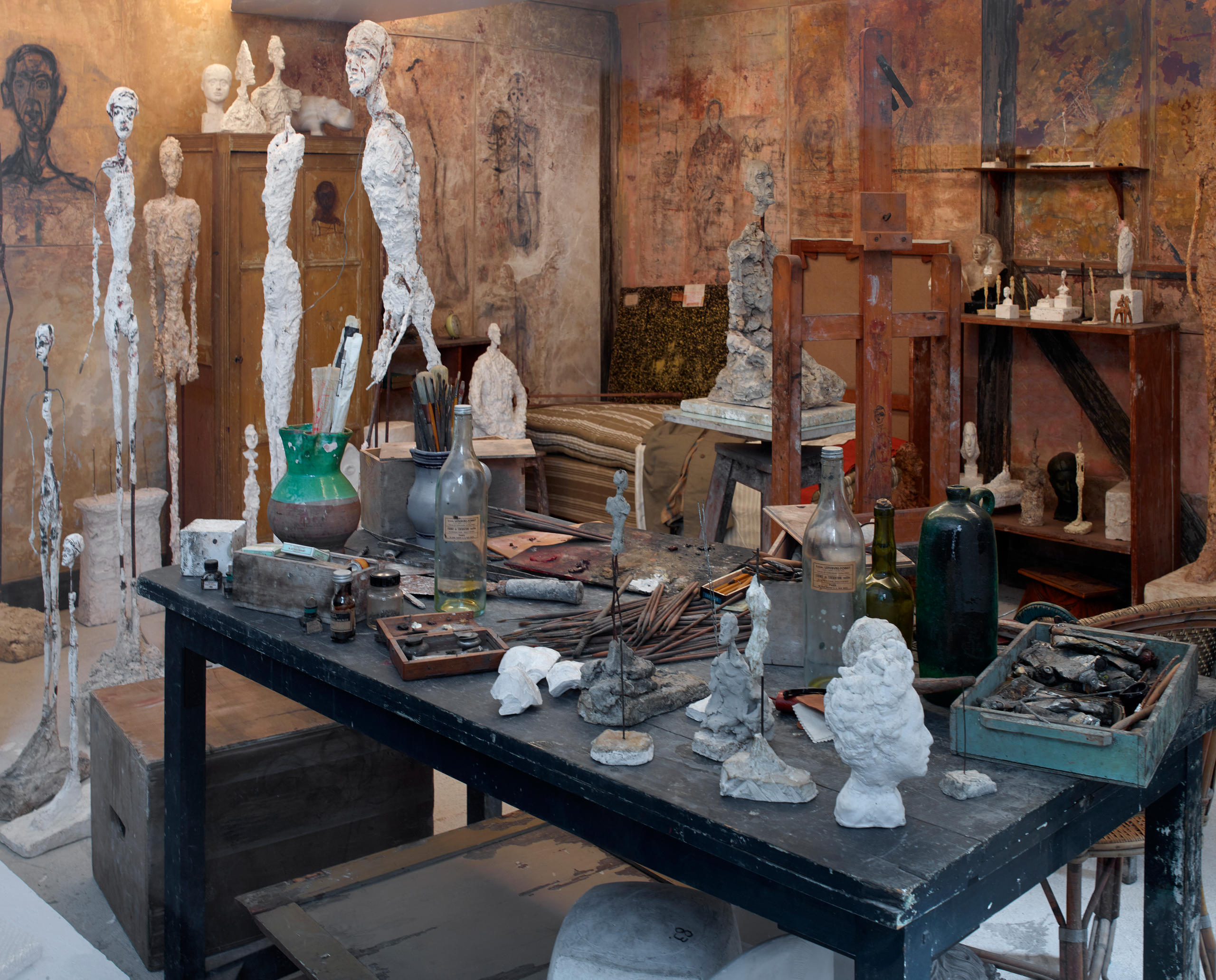
Cern scientists find way to study antimatter
Physicists at Cern, the European Organization for Particle Research, have found a way to “trap” elusive atoms of antimatter long enough to be able to study them.
Antimatter atoms – in this case antihydrogen – which used to disappear after two tenths of a second, can now be held for 15 minutes, according to an article in the journal Nature Physics published online on Sunday.
Scientists believe that studying antimatter will help them understand what happened during the first few moments of the universe.
The Alpha research team at Cern,situated on the border between Switzerland and France, improved the trap by cooling antihydrogen atoms to a temperature of less than 0.5 degrees above absolute zero.
Alpha spokesman Jeffrey Hangst said that scientists will now be able to compare antihydrogen and hydrogen atoms. They will do this by firing microwaves and then lasers at the antihydrogen, starting later this year.
Antimatter puzzles scientists because it is presumed that matter and antimatter were produced in equal amounts by the Big Bang at the origin of the universe, but antimatter has since disappeared.
“Half the universe has gone missing and we don’t know why,” said Hangst.

In compliance with the JTI standards
More: SWI swissinfo.ch certified by the Journalism Trust Initiative






























You can find an overview of ongoing debates with our journalists here . Please join us!
If you want to start a conversation about a topic raised in this article or want to report factual errors, email us at english@swissinfo.ch.